Modelling Placental Haemodynamics Using a Moving Mesh Discontinuous Galerkin Finite Element Method
Please login to view abstract download link
Suboptimal oxygen transfer from maternal to foetal circulations within a placenta may result in unfortunate outcomes. Recently discovered contraction of the placenta and underlying uterine wall, named the ‘utero-placental pump’ [1], may be implicated in this oxygen transfer. Maternal blood is pushed out of the placental intervillous space (IVS) and replenished with maternal arterial blood, thereby eliminating unstirred layers within the IVS and promoting ideal conditions for exchange across the villous surface. It is hypothesised that placental contractions help to regulate oxygenation of maternal blood, hence irregularities may lead to bad outcomes due to potential for altered placental blood flow, decreased oxygenation and increased heterogeneity of oxygenation of the placenta. Potential identification of this outcome risk could be performed through modelling of the moving placental boundaries and their effects on placental haemodynamics, that is, if the effects on oxygen transfer due to the deformation of the walls of the placenta can be modelled in a moving boundary problem, then insights into MRI scan data may then become possible. Biologically shaped curved domains, large deformation, translating and distorting domain features and the difficulty in specifying physically-informed deformation boundary conditions all provide significant challenges to modelling. In progressing towards a placental haemodynamics model of placental contractions, we implement a moving mesh Discontinuous Galerkin Finite Element Method and combine this with video-based computer vision mesh tracking to programmatically track the translating and distorting domain features. Numerical simulation of placental haemodynamics and oxygen transfer is performed for a model placenta domain undergoing deformation and results showing correlation of the moving mesh and the placenta domain are depicted using video footage. Options for navigating and interpreting MRI scan video can be provided by the many predictions made by the simulation when the colour coded numerical simulation results in space and time are superimposed onto the mesh movement source video. Application of the video-based computer vision mesh tracking to actual MRI footage is considered with the aim to obtain physically-informed deformation data for use as input to the biological domain simulations.

